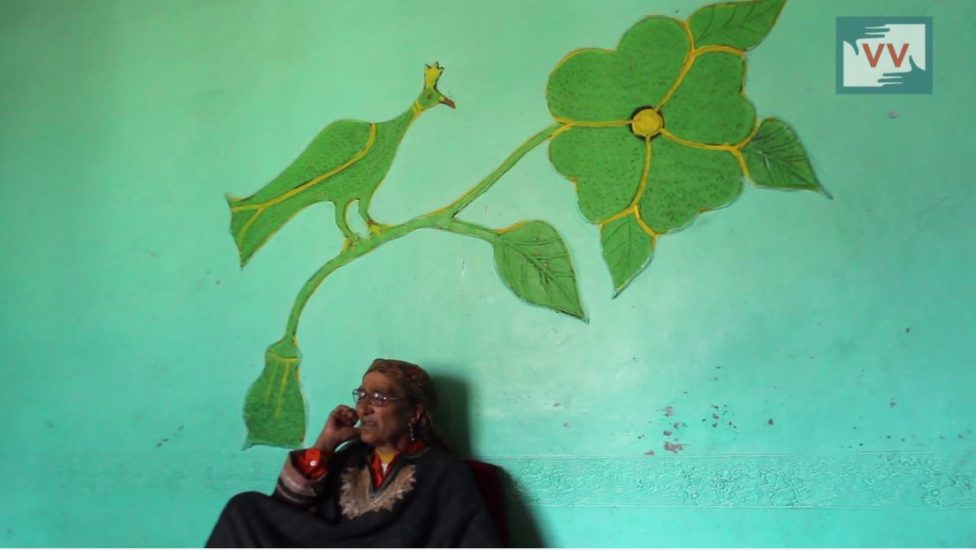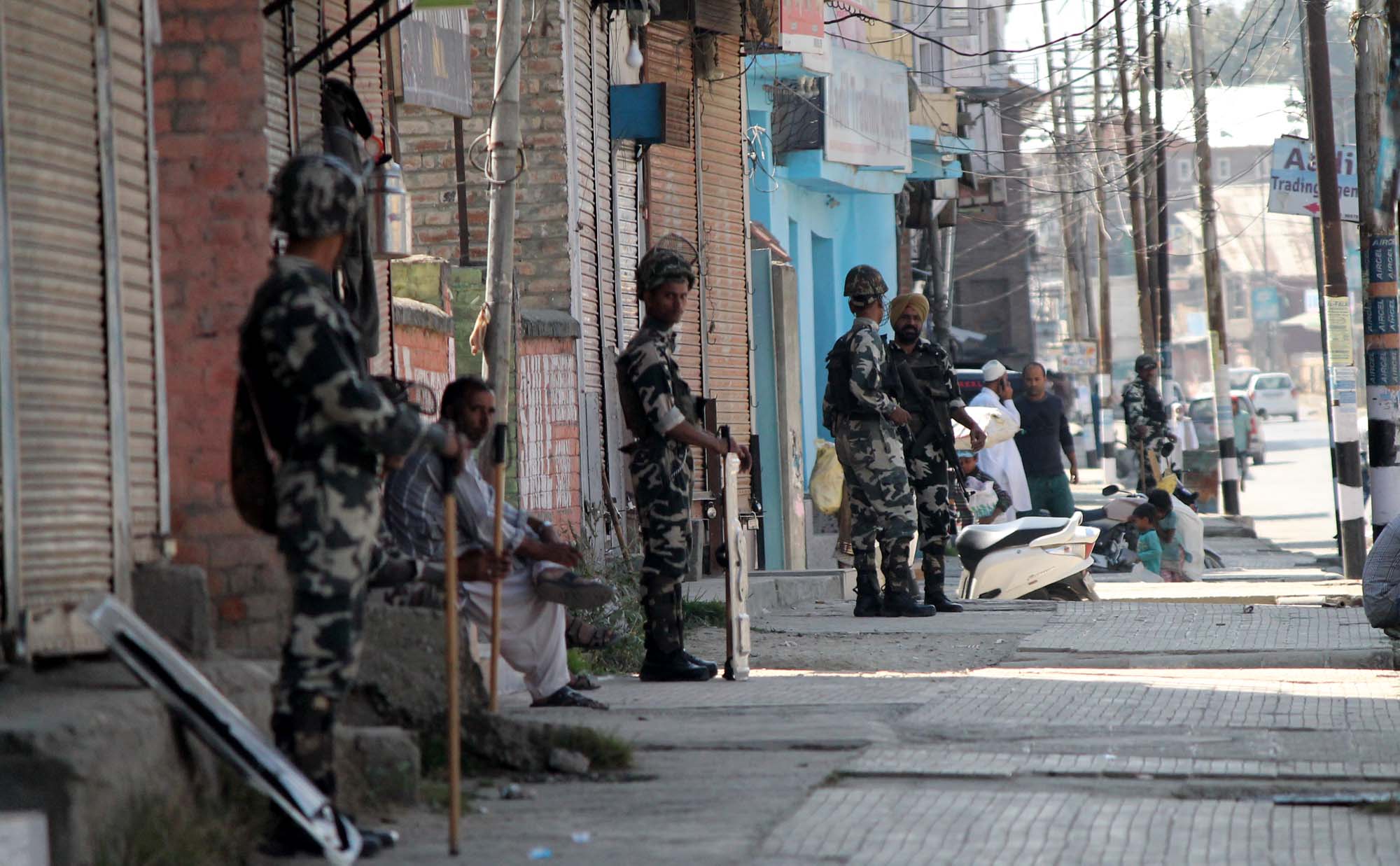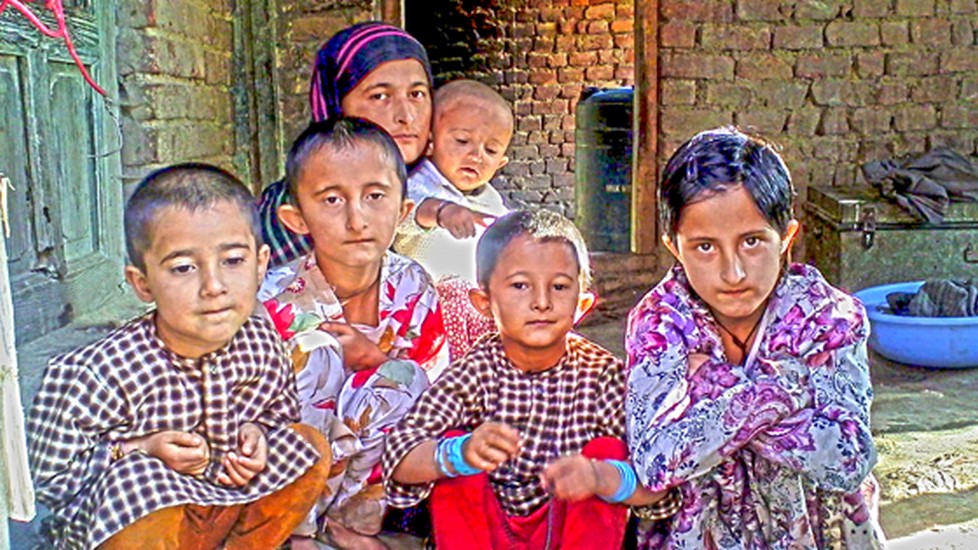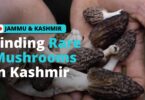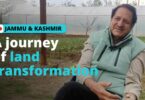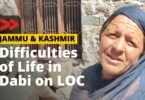Video By: Abid Salaam | Article By: Alankrita Anand
A group of filmmakers from Kashmir recently paid a musical tribute to popular television series Game of Thrones, also a tribute to Kashmir and its natural beauty. The video, which is being used by the state’s tourism ministry, is making waves across the internet. The six-minute long composition brings together Game of Thrones, one of the most popular examples of Western popular culture, and the rabab, one of the oldest traditions of Kashmir, and one that seems to be on the path of revival.
The rabab, as we know it today, is believed to be a newer version of the rabab mentioned in historical texts. Also known as the Kabuli Rabab, the instrument is the national instrument of Afghanistan, from where it made its way into India and was adopted by the people of Kashmir. It is believed to be the progenitor of other instruments in the subcontinent like the sarod and the sarangi. However, centuries after it was first adopted, only a handful of musicians play the instrument and are finding it difficult to keep the tradition alive.
Nazir Ahmed is a 36-year-old rabab player from Baramulla. Recounting how he came to play the instrument, he tells Community Correspondent Abid Salaam that he was intrigued by the rabab since childhood.
“Every time I saw someone play the rabab, I wanted to play it. Eventually, I learnt how to play the instrument and even learnt how to make it. My elder brother taught me how to make it”, says Ahmed.
He has now been making his own rababs, and selling them, for 10 to 12 years. It takes him around 45 days to make one rabab and each of them is sold for 10,000- 12,000 rupees, although the amount does not cover his cost of production.
Explaining how the six-stringed instrument is made, he talks about the materials that are traditionally used– mulberry wood for the body, lamb gut for the strings and sheepskin for the outer lining over the wood. Steel and nylon strings, easily available in the market, are also used sometimes.
Ahmed has performed in various parts of Kashmir and in countries in West Asia and Africa and he believes that such performances are important to conserve one’s heritage. Although a recognized artist, he finds it difficult to sustain a family on the income that his profession as a rabab player brings him. Like many other rabab players in the region, Ahmed also feels that the influx of Western music has led to the decline of traditional forms. Many also feel that forms like rock and rap have given the youth the opportunity to express their politics through their music.
Nevertheless, artists like Ahmed hold on to their traditional art, leaving no stone unturned to revive it and make it flourish. Another family in Baramulla, a rabab gharana, or a family where generations of men have been practising the art, is now offering lessons through a music school. In Budgam too, Nazir Ganaie, another connoisseur of the instrument, is reaching out to young people to make the rabab popular once again.
With the right kind of support, traditional forms of music could well be here to stay and become a sustainable source of livelihood for their practitioners as well.


